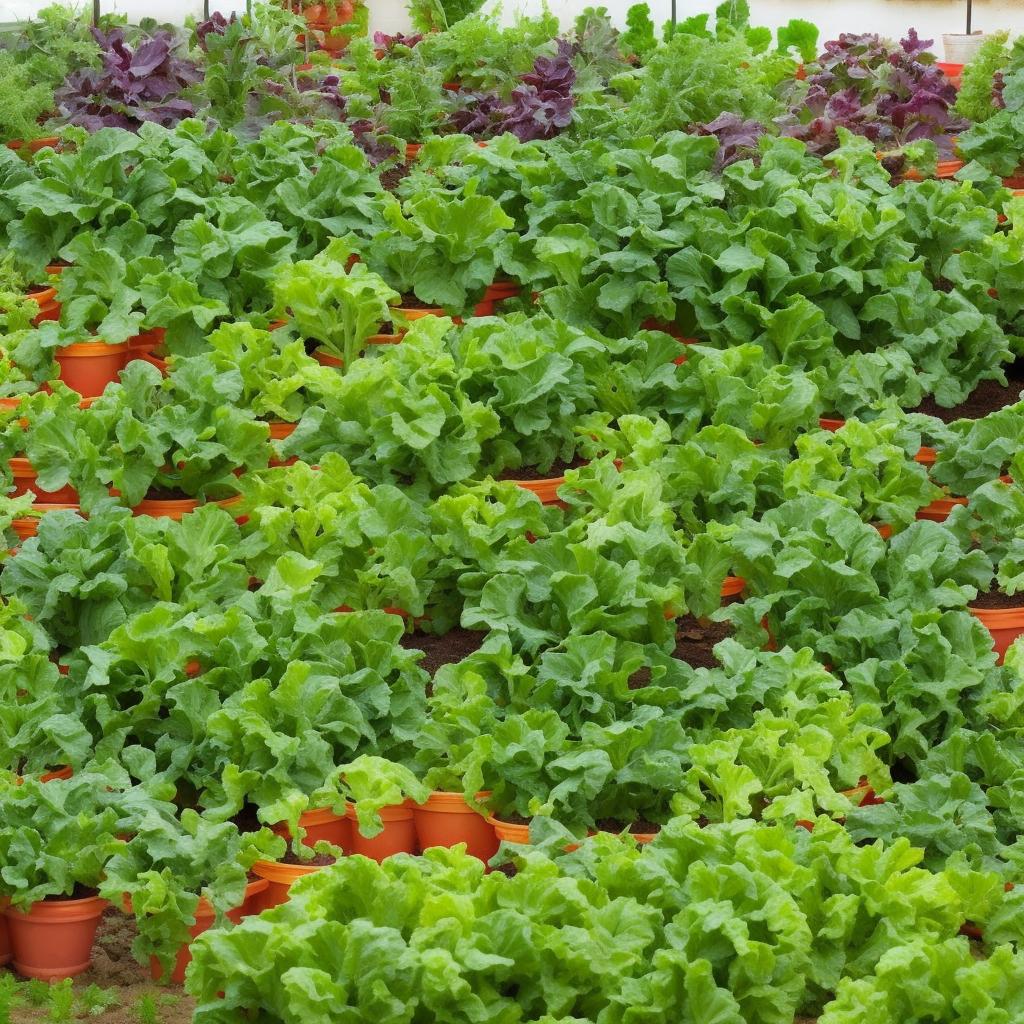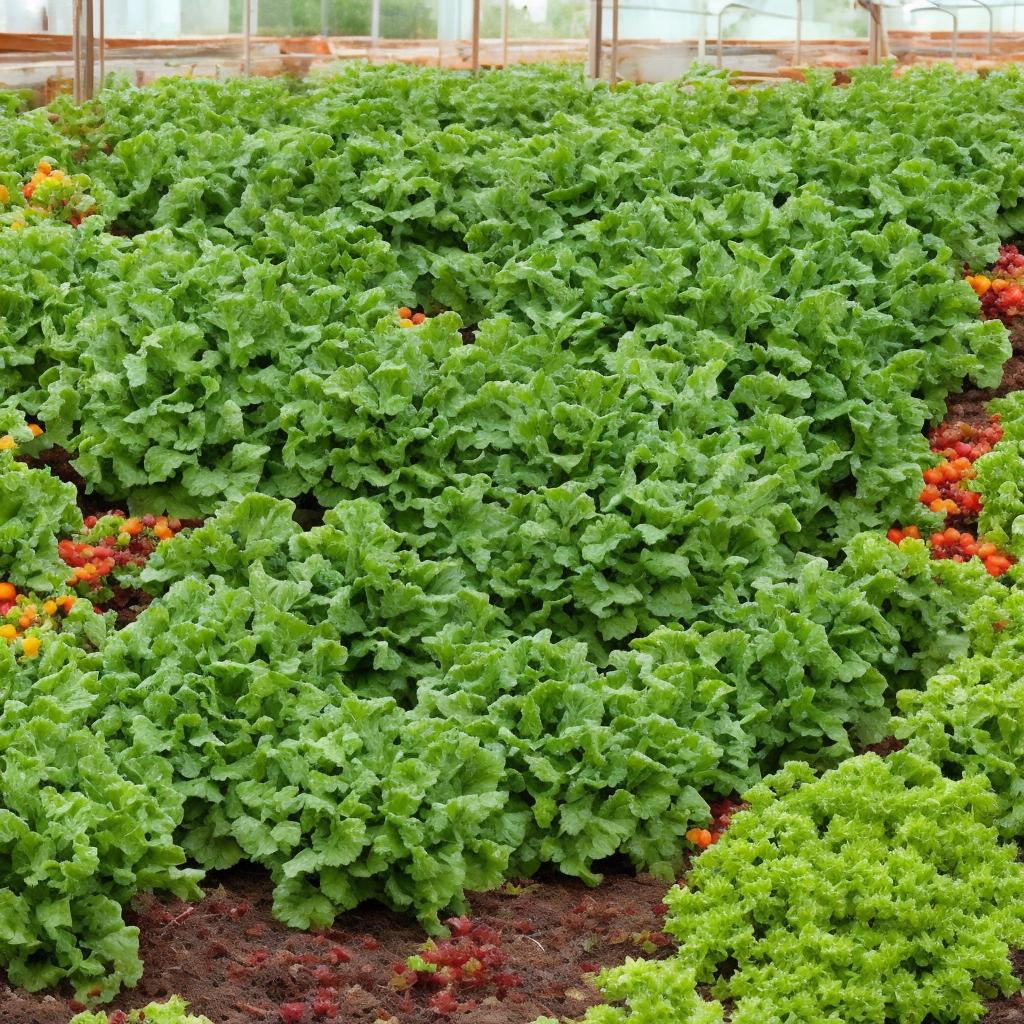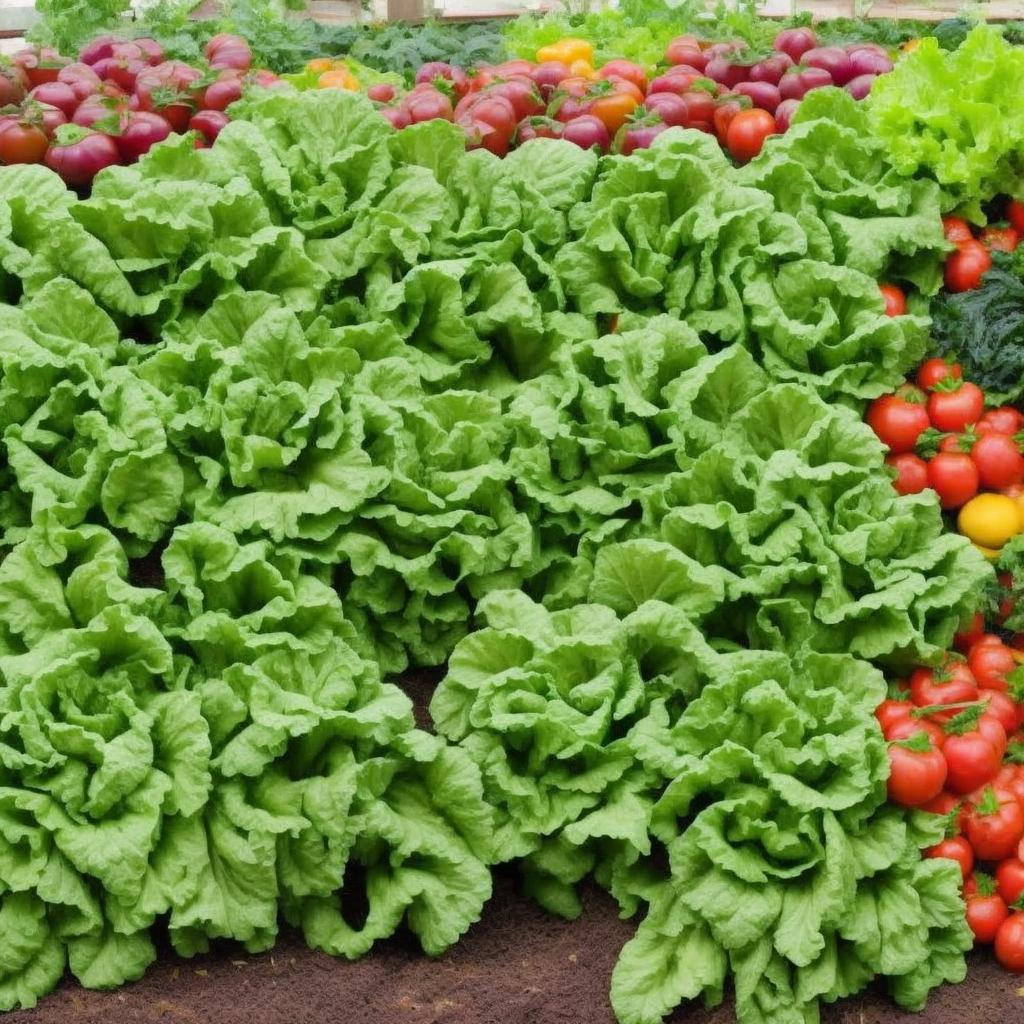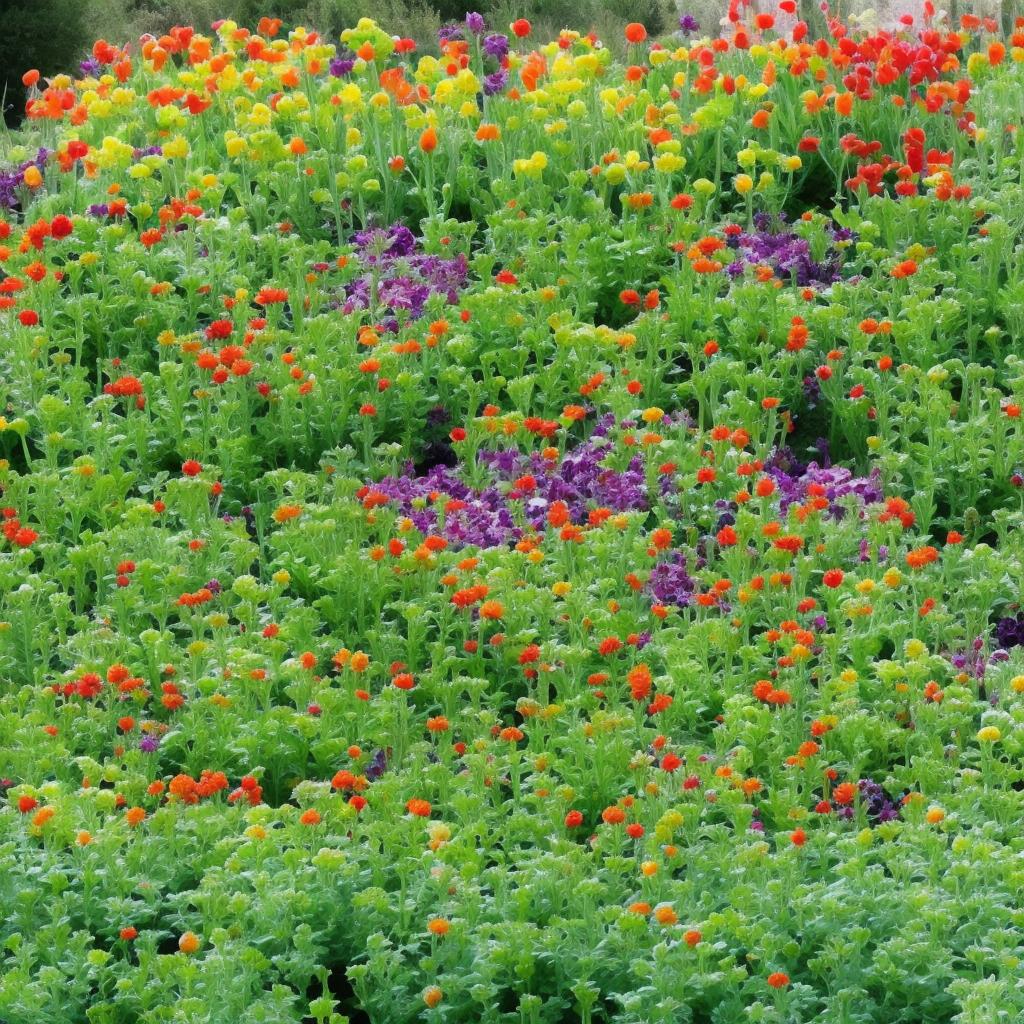In the bustling world of vegetable gardening, where seeds are sown and plants are nurtured, there lies a secret weapon that can transform your garden into a harmonious symphony of colors, scents, and flavors. Enter the art of companion planting – a centuries-old practice that not only maximizes yield but enhances the overall flavor of your vegetable bounty. In this article, we will delve into the intricate world of companion planting and explore how this ancient technique can elevate your garden to new heights of productivity and taste.
Benefits of Companion Planting in Vegetable Gardens
Companion planting in vegetable gardens is a clever gardening technique that involves planting different types of plants together in order to maximize yield and flavor. By strategically pairing certain plants next to each other, gardeners can create a harmonious ecosystem where each plant benefits the other in some way. This can result in healthier plants, higher yields, and even natural pest control.
Some popular companion plantings in vegetable gardens include:
- Tomatoes and Basil: Planting basil next to tomatoes can enhance the flavor of the tomatoes and repel pests such as aphids and hornworms.
- Carrots and Onions: Growing these two together can help deter carrot flies and onion maggots.
- Beans and Corn: Planting beans near corn can provide the corn with nitrogen and support for climbing, while the corn can provide shade for the beans.

Strategies for Maximizing Yield through Companion Planting
Companion Planting Strategies
When planning your vegetable garden, it’s important to consider companion planting as a way to maximize yield and flavor. By strategically planting certain vegetables together, you can create a symbiotic relationship that benefits both plants. Here are some strategies for companion planting in your vegetable garden:
- Plant pest-repellent herbs: Consider planting herbs like basil, mint, and oregano alongside your vegetables to help repel pests.
- Pair nitrogen-fixing plants with heavy feeders: Plants like peas and beans can help add nitrogen to the soil, benefiting plants like corn and tomatoes that require a lot of nutrients.
- Interplant compact and sprawling plants: Plant tall or climbing vegetables like cucumbers and beans alongside low-growing plants like lettuce and radishes to make the most of limited garden space.
Companion Planting Chart
| Companion Plants | Benefits |
| Tomatoes and basil | Improves flavor of tomatoes and deters pests |
| Carrots and onions | Onions deter carrot flies while carrots repel onion flies |
| Corn, beans, and squash | Traditional Native American trio that benefits each other’s growth |
| Cucumbers and radishes | Radishes repel cucumber beetles |

Enhancing Flavor in Vegetables with Companion Planting
Incorporating companion planting into your vegetable garden not only helps to maximize yield but can also enhance the flavor profile of your produce. By strategically pairing compatible plants, you can create a harmonious environment that promotes growth and ultimately results in tastier vegetables.
For example, planting basil alongside tomatoes can improve the flavor of the tomatoes while also deterring pests that commonly affect tomato plants. Similarly, planting marigolds near cucumbers can enhance the flavor of the cucumbers and help to control pests such as aphids. By taking advantage of the natural benefits of companion planting, you can not only create a beautiful and diverse garden but also enjoy a more flavorful harvest.

Expert Tips for Successful Companion Planting Combinations
One essential aspect of successful vegetable gardening is utilizing companion planting to maximize yield and flavor. By strategically pairing compatible plants, you can create a harmonious environment that benefits each other’s growth and health. Here are some expert tips to help you create successful companion planting combinations in your vegetable garden:
- Understand plant relationships: Some plants have symbiotic relationships where one plant can help repel pests or provide nutrients for another. For example, planting marigolds alongside tomatoes can help deter pests like nematodes.
- Consider plant height: Pairing tall plants with shorter ones can provide shade and wind protection, while shorter plants can help suppress weeds and retain moisture in the soil. For instance, planting corn with beans and squash creates a ”three sisters” garden that benefits all three crops.
The Way Forward
In conclusion, companion planting is a beneficial technique that can help improve the health, yield, and flavor of your vegetable garden. By strategically pairing compatible plants together, you can create a harmonious environment that encourages growth and deters pests. So why not give it a try in your own garden and see the results for yourself? Happy planting!




